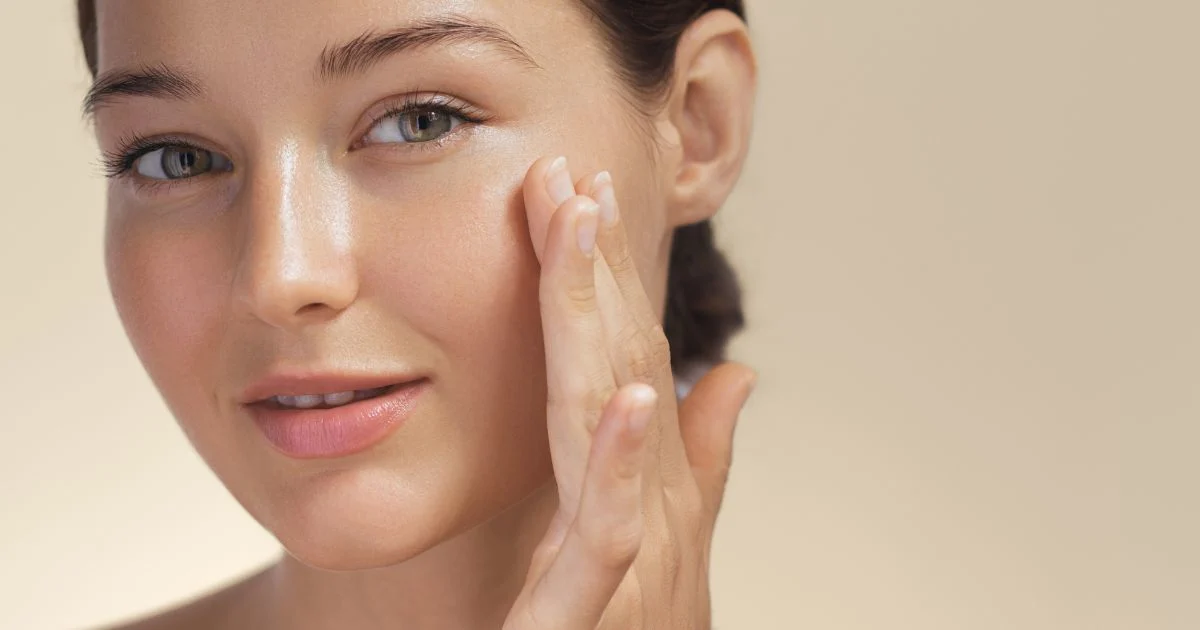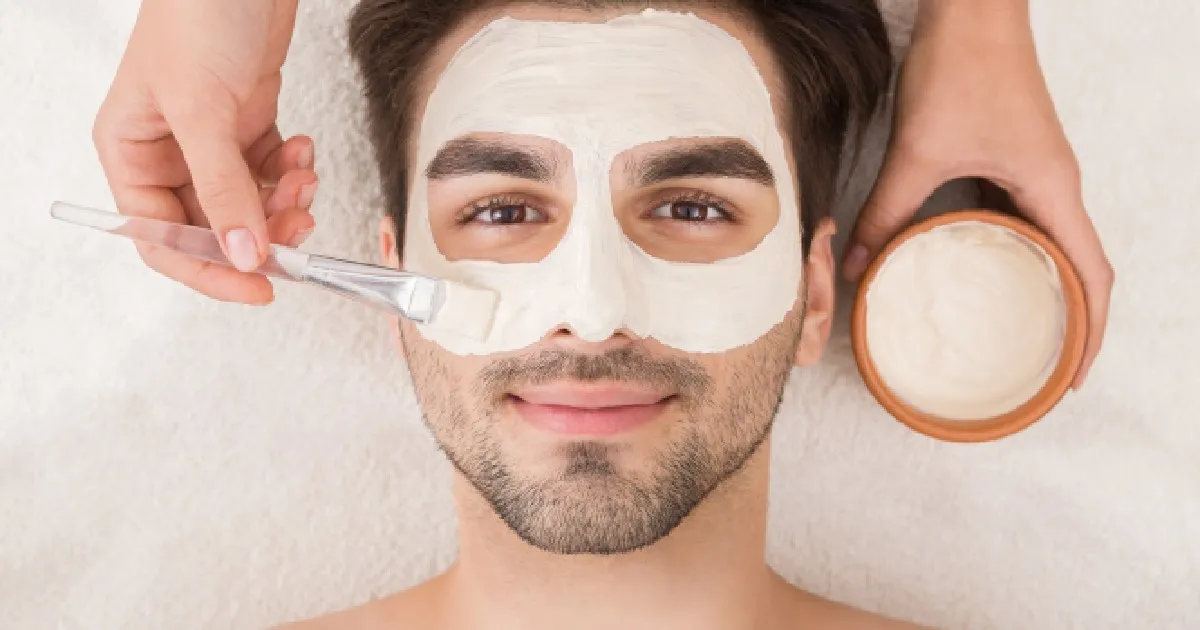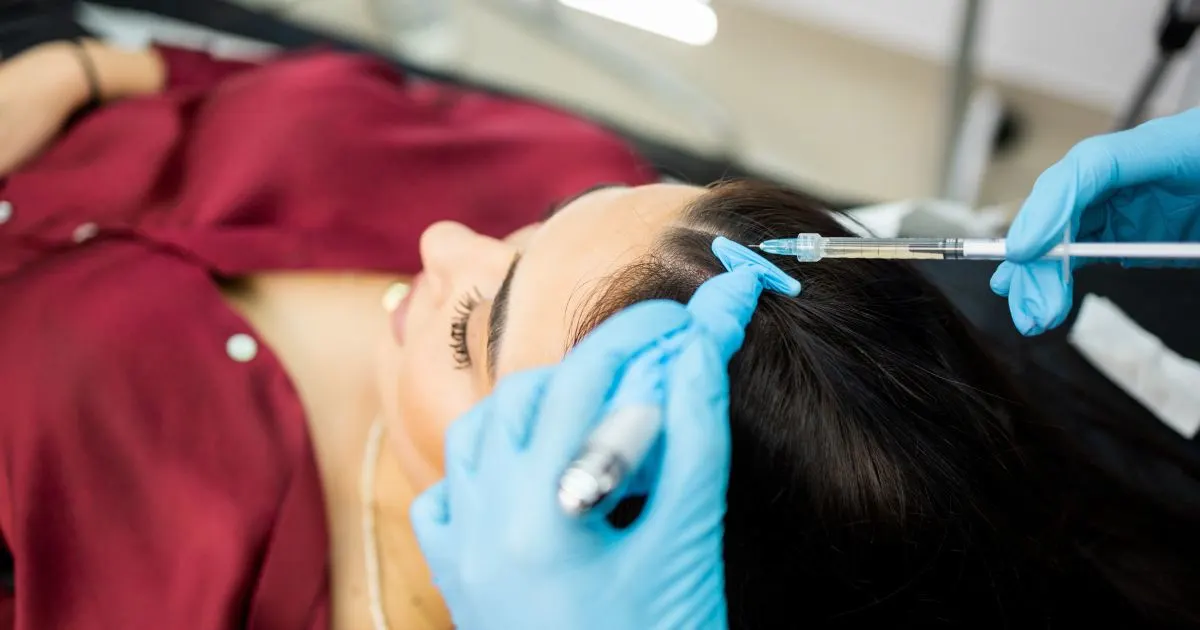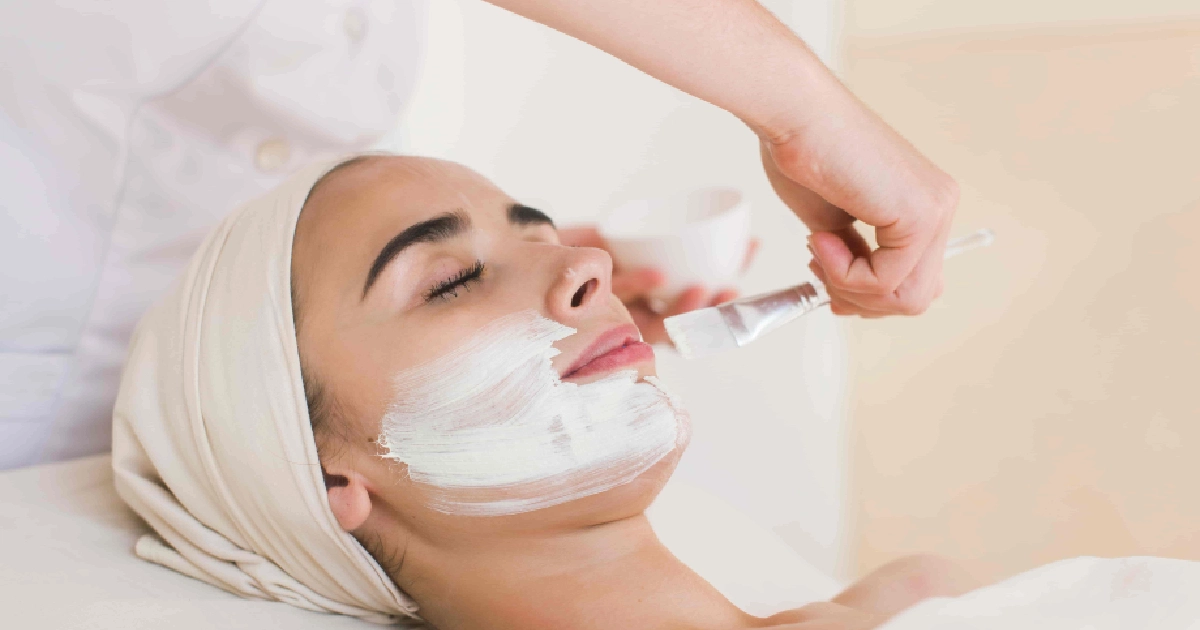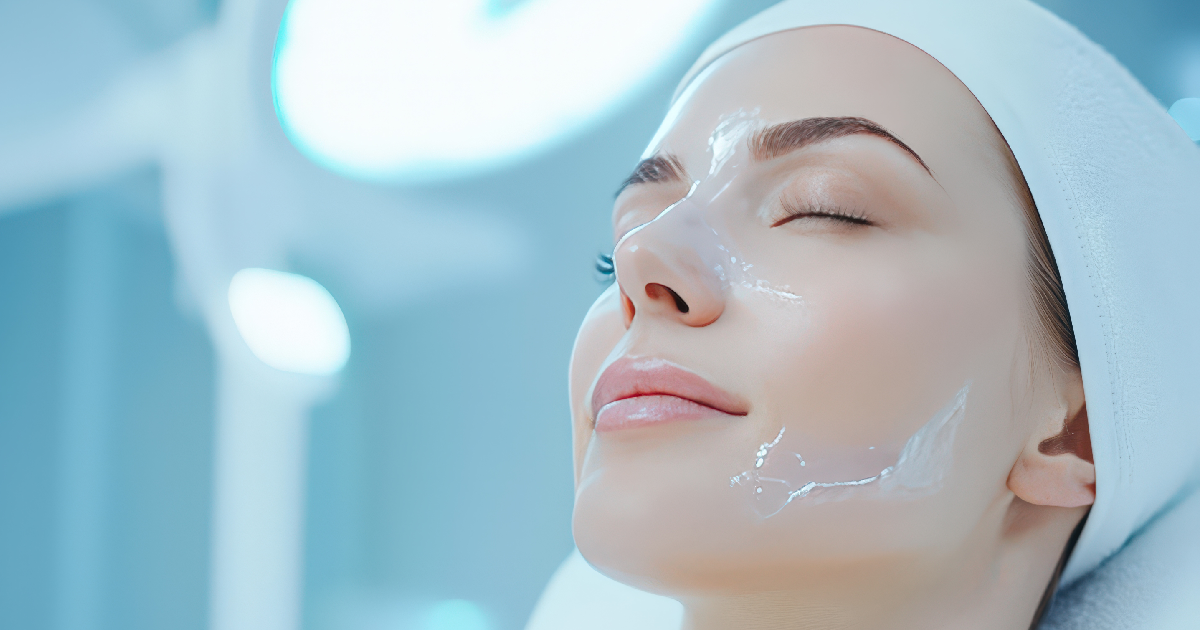Many treatments claim to help you get radiant, smooth skin. Chemical peels are the best of these because they’re effective and versatile. In a chemical peel, a solution is applied to the skin, causing it to exfoliate and eventually peel off, revealing newer, healthier skin beneath. You can use this for fine lines, wrinkles, acne scars, and hyperpigmentation. Here’s our comprehensive guide to chemical peels, explaining the different types, their benefits, and what you can expect from them.
What is a Chemical Peel?
Skincare treatments such as chemical peels use a chemical solution to remove the outermost layers of the skin. As a result of this process, the thickness of the skin is reduced, the skin is smoother, and the complexion is more even. The strength of chemical peels may vary, ranging from superficial peels that only penetrate the outer layer of the skin to deeper peels that penetrate several layers.
Types of Chemical Peels
Superficial Peels: Peels referred to as superficial or mild peels use mild acids such as alpha-hydroxy acids (AHA) or beta-hydroxy acids (BHA) to exfoliate the skin gently without damaging it in any way. They are a great way to improve minor skin imperfections and enhance the appearance of fresh, radiant skin.
Medium Peels: These are a type of peel commonly used to achieve the middle layers of the skin. They are typically performed using trichloroacetic acid (TCA) and are effective for treating fine lines, wrinkles, moderate discolorations, and some fine lines.
Deep Peels: A deep peel is a treatment in which stronger acids, such as phenol, are used to penetrate the skin several layers deep. It is typically used to treat severe skin problems, such as deep wrinkles and significant sun damage. Since it is more intense, it takes longer for the skin to recover after the treatment.
What Does a Chemical Peel Do?
Chemical peels are highly effective in promoting the regeneration of new skin cells and removing dead, damaged, or aged skin. The following are some of the benefits of a chemical peel:
- Chemical peels’ main purpose is to exfoliate the skin. The chemical solution makes removing the dead skin cells simple by breaking the connections that hold them together. This treatment not only minimizes blackheads and unclogs pores, but it also stops acne from starting.
- By eliminating the outer layer of skin, a chemical peel leaves the skin’s surface smoother and softer. This skincare product can help lessen the visibility of fine lines, rough spots, and acne scars.
- In order to achieve an even skin tone, chemical peels can effectively treat hyperpigmentation, age spots, and melasma. As a result of the peeling process, these dark spots will fade over time, creating a more uniform complexion.
- Medium and deep peels penetrate deeper into the skin, stimulating the production of collagen. In addition to improving elasticity and firmness of the skin, increased collagen also helps to reduce wrinkles and fine lines.
Benefits of Chemical Peels for Face
Chemical peels are a popular option for people looking to enhance the appearance of their skin since they provide a number of benefits for the face. The following are some main advantages:
Diminishment of Fine Lines and Wrinkles: Chemical peels can aid in the reduction of fine lines and wrinkles by stimulating the growth of new skin cells and removing the outer layer of skin. You appear younger and more rested as a consequence.
Treatment for Acne and Acne Scars: Chemical peels work to unclog pores and exfoliate dead skin cells, which successfully decrease acne. They can also aid in fading acne scars, giving the skin a clearer appearance.
Brightening of Dull Skin: A chemical peel can help restore its radiance if your skin looks dull and tired. Exfoliation removes dead skin cells, revealing brighter, more luminous skin.
Minimization of Pore Size: Enlarged pores can be a cosmetic concern for many. Chemical peels help minimize pores’ appearance by keeping them clear of debris and reducing their overall size.
Improvement of Hyperpigmentation: Chemical peels can effectively treat dark spots, sun damage, and melasma. The peeling process helps lighten these areas, leading to a more even skin tone.
Chemical Peels for Different Skin Types
Chemical peels are a flexible treatment option since they can be tailored to fit different types of skin. Here’s how different skin types can benefit from chemical peels:
- Oily Skin: Individuals with oily skin often struggle with acne and enlarged pores. Chemical peels help control oil production, reduce acne, and minimize pore size, resulting in a clearer complexion.
- Dry Skin: Chemical peel’s exfoliating properties can benefit dry skin. Peels enhance the texture of the skin and facilitate better absorption of moisturizers by eliminating dead skin cells.
- Sensitive Skin: To avoid irritation, sensitive skin should choose a mild peel and consult a skin care professional. Superficial peels are generally safe and effective.
- Combination Skin: Combination skin can experience both oily and dry areas. Chemical peels help balance the skin by exfoliating dry patches and controlling oil in the T-zone.
What to Expect During and After a Chemical Peel
Understanding what to expect during and after a chemical peel can help you prepare for the treatment and ensure optimal results.
During the Peel
- Sensation: When the chemical solution is applied, you can experience a slight tingling or burning feeling. This is typical and shows that the peel is doing its job.
- Peel duration: Peel time varies according to kind and strength. While medium and deep peels may take longer, superficial peels usually take approximately half an hour.
After the Peel
- Redness and Peeling: It’s normal to experience redness and peeling after a chemical peel. The extent of the peeling depends on its strength. Superficial peels may cause minimal peeling, while deeper peels result in more noticeable skin shedding.
- Downtime: The length of recovery depends on the kind of peel. While medium and deep peels may take several days to a week for the skin to recover fully, superficial peels have little to no downtime.
- Post-Treatment Care: Following your skin care professional’s post-treatment care instructions is crucial. This typically includes avoiding sun exposure, using gentle skincare products, and keeping the skin moisturized.
Discover how chemical peels can improve your skin texture and tone!
If you’re ready to experience the transformative benefits of chemical peels and achieve smoother, more radiant skin, contact White Coat Aesthetics today. Our team of skilled professionals is dedicated to providing personalized skincare solutions to meet your unique needs. Book a consultation now and take the first step towards healthier, more beautiful skin.


